The complexity of research topics, research environments, and lab instruments has majorly grown in the last 20 years and has led to an uptake of computational methods such as computational workflows. Thousands of researchers use workflows for creating and analyzing data from a diverse set of research domains and the uptake of workflows for research is also reflected in a high number of mature workflow management systems with different strengths and foci. Workflows have been instrumental in enabling significant discoveries such as the gravitational waves from colliding black holes and the analyses of DNA from Next-Generation Sequencing technologies. While workflows constitute a research domain in their own right and lead to improvements such as efficiency, feature enhancement, and usability, workflows are inherently designed to serve other domains. The creation of workflows supporting a research topic requires an understanding of the targeted problem and can be a labor-intensive and error-prone process. One source of errors is the communication between domain researchers and workflow providers. Successful communication considers diverse aspects such as the scientific background, native language, home country, and culture of the researchers. While the agreement on one natural language for communication - or involving a translator - is the typical set-up communication, there is a lack of tools or translators for communication between research domains and computer science. VisDict is intended to fill this gap by providing a set of vocabularies in a science gateway to enhance communication. The goal is to present a definition for different domains and workflow providers and, thus, serve as source for terms. Adding visualization will lower the communication barrier further following the saying, “A picture is worth a thousand words.”
The main goal for VisDict is to create an intuitive visual dictionary that translates terms and concepts between research domains and computer science, specifically computational workflows. A key component of the proposed work is the development of a visual dictionary - VisDict - instantiated as a science gateway that is based on the science gateway framework HUBzero and aimed at providing a knowledge map of terms across disciplines. To accomplish this innovative and transformative goal, the project is conducting a series of surveys and interactions with workflow systems researchers and developers, and researchers from the science and engineering communities. The project is applying semantic representation to create knowledge between different domains to make it seamlessly available to researchers and thus fill the gap in this area. The visualization is intended to enhance understanding, and users are be able to vote on definitions and figures to allow for a wide adoption of the dictionary in diverse communities. By lowering the communication barrier for workflow design and development activities between computer scientists and domain scientists, this project has the potential to significantly enhance and accelerate scientific progress of critical importance for the development and sustainability of society. While the project starts with two communities - physics and ecology - the concept can be applied to any research domain with subject-specific language.
Team
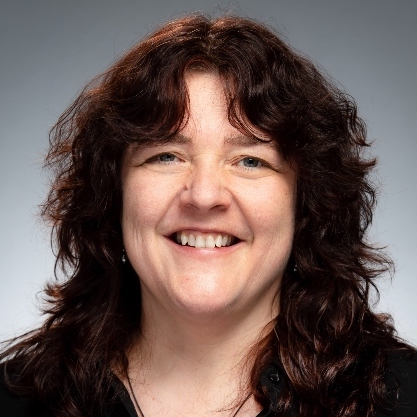
Sandra Gesing
University of Illinois Chicago
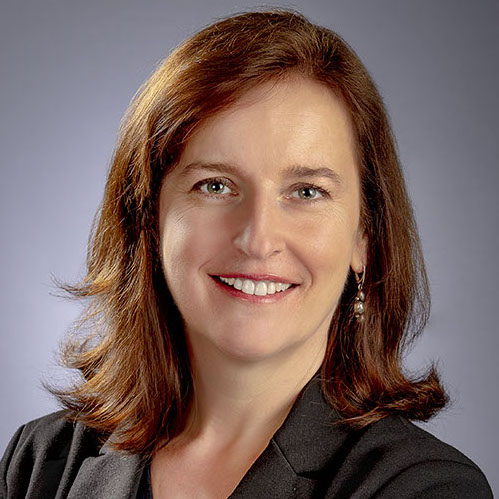
Ewa Deelman
University of Southern California
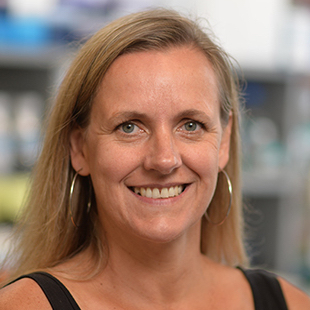
Mary Ann McDowell
University of Notre Dame
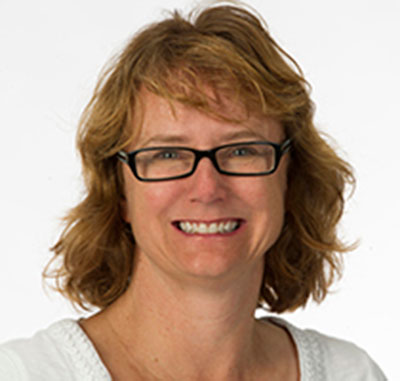
Natalie Meyers
University of Notre Dame

Mike Hildreth
University of Notre Dame

Douglas Thain
University of Notre Dame

Kristina Davis
University of Notre Dame
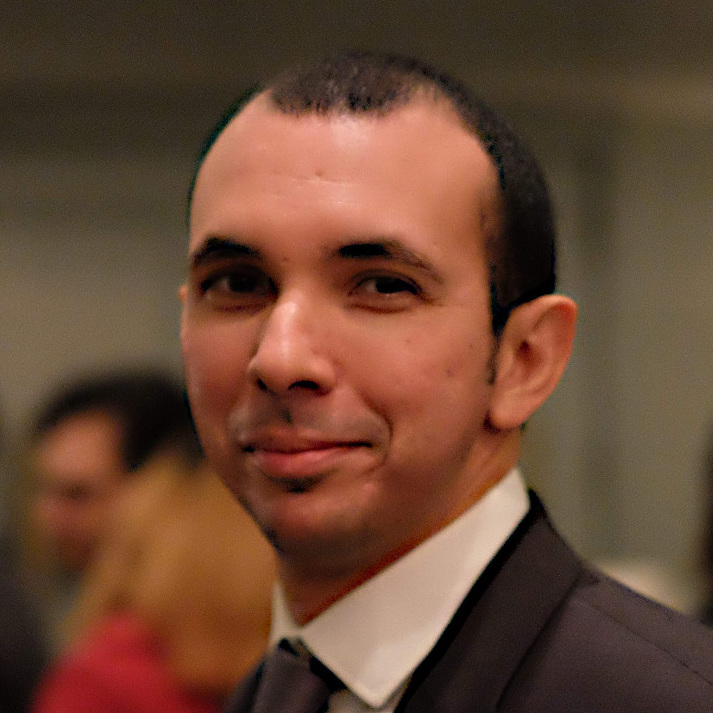
Rafael F. da Silva
Oak Ridge National Laboratory

